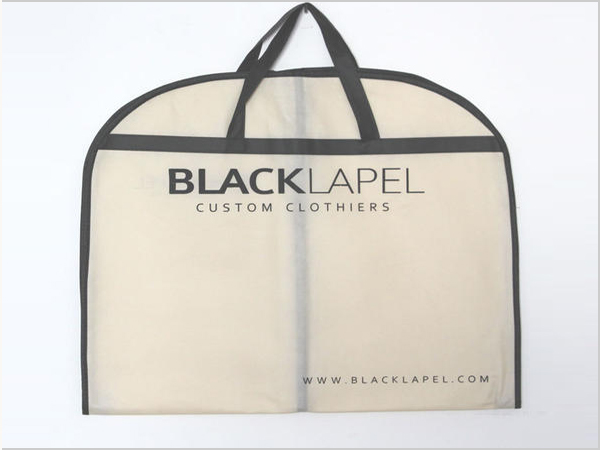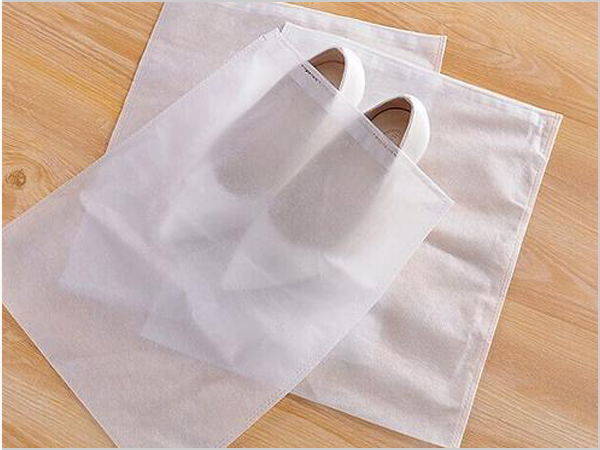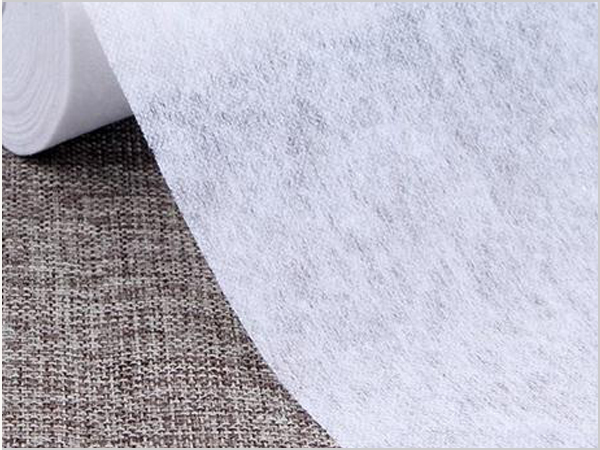- Why can spunbond nonwoven fabric dominate the market?
- Foreign trade exports are moving forward under pressure, with both resilience and challenges coexisting
- Explore the environmental protection characteristics and application fields of PP non-woven fabric
- The rise of the Latin American market is expected to become a new growth pole for China's textile foreign trade
- The production process of spunbond nonwoven fabric determines its unique characteristics!

- Telephone: 0551- 66779966
- Cellphone: 18955130444
- Email: 58792982@qq.com
- Address: Building 1-2, East of Wubu Village Section, Hehuai Road, Wushan Town, Changfeng County, Hefei City, Anhui Province
Who is squeezing the profits of textile companies?
Recently, the Port of Singapore's "century of great congestion" has led to container shipping prices continue to rise, and many foreign trade export enterprises feel the export pressure is increasing.
Recently, the Port of Singapore, the world's second largest container port, has caused concern about the "century of traffic".
More than 480,000 containers were delayed
The number of containers waiting to dock in Singapore surged in May, peaking at 480,600 standard containers in late May.
Delays at Singapore's port have now extended to seven days, far exceeding the highs of several rounds during the coronavirus outbreak.
According to linerlytica, a shipping consultancy, 2 million TEUs of capacity are held up outside ports, or 6.8% of global fleet capacity.
Congestion cause
The Maritime and Port Authority of Singapore cited shipping delays and a surge in container throughput as the main reasons for the congestion. On the one hand, the Red Sea crisis caused ships to detour to the Cape of Good Hope in Africa, disrupting the planning of global ports, resulting in the "ship clustering" effect; Singapore, on the other hand, handled a total of 13.36 million TEUs in the first four months of this year, up 8.8 per cent year-on-year.
Global shipping prices continue to rise
The latest report from S&P Global points out that congestion at major Asian ports, especially the port of Singapore, has led to a sustained increase in container shipping prices.
As of May 30, rates on Asia-to-Europe routes reached $6,200 per 40-foot container, and rates to the West Coast of North America climbed to $6,100. On May 31, the Shanghai export container comprehensive freight index was 3044.77 points, up 12.6% from the previous period. The industry expects that freight will still fluctuate at a high level in the short term, and further increases may not be ruled out.
The profit balance sheet is under pressure
In the textile industry, many enterprises rely on foreign trade companies as an intermediate bridge for exports. In recent years, the profit margin of foreign trade companies has gradually narrowed, and the profit margin of some trade has fallen to about 10%.
In the case of high global inflation and exchange rate fluctuations, textile enterprises generally feel the increase in export pressure, and the increase in freight costs and the extension of the account period will further compress the profits of textile enterprises.
Declaration: The content of this article is organized from the Internet, and the copyright belongs to the original author; If there is infringement, please inform in time and contact to delete.
- Why can spunbond nonwoven fabric dominate the market?
- Foreign trade exports are moving forward under pressure, with both resilience and challeng
- Explore the environmental protection characteristics and application fields of PP non-wove
- The rise of the Latin American market is expected to become a new growth pole for China's
- The production process of spunbond nonwoven fabric determines its unique characteristics!
- The global trade landscape is undergoing significant changes in 2025
- The 11th China International Silk Conference was held in Shengze
- What are the core advantages of spunbond nonwoven fabric?
- What are the magical aspects of the manufacturing process of spunbond nonwoven fabric?
- The textile industry is enjoying dual policy benefits



